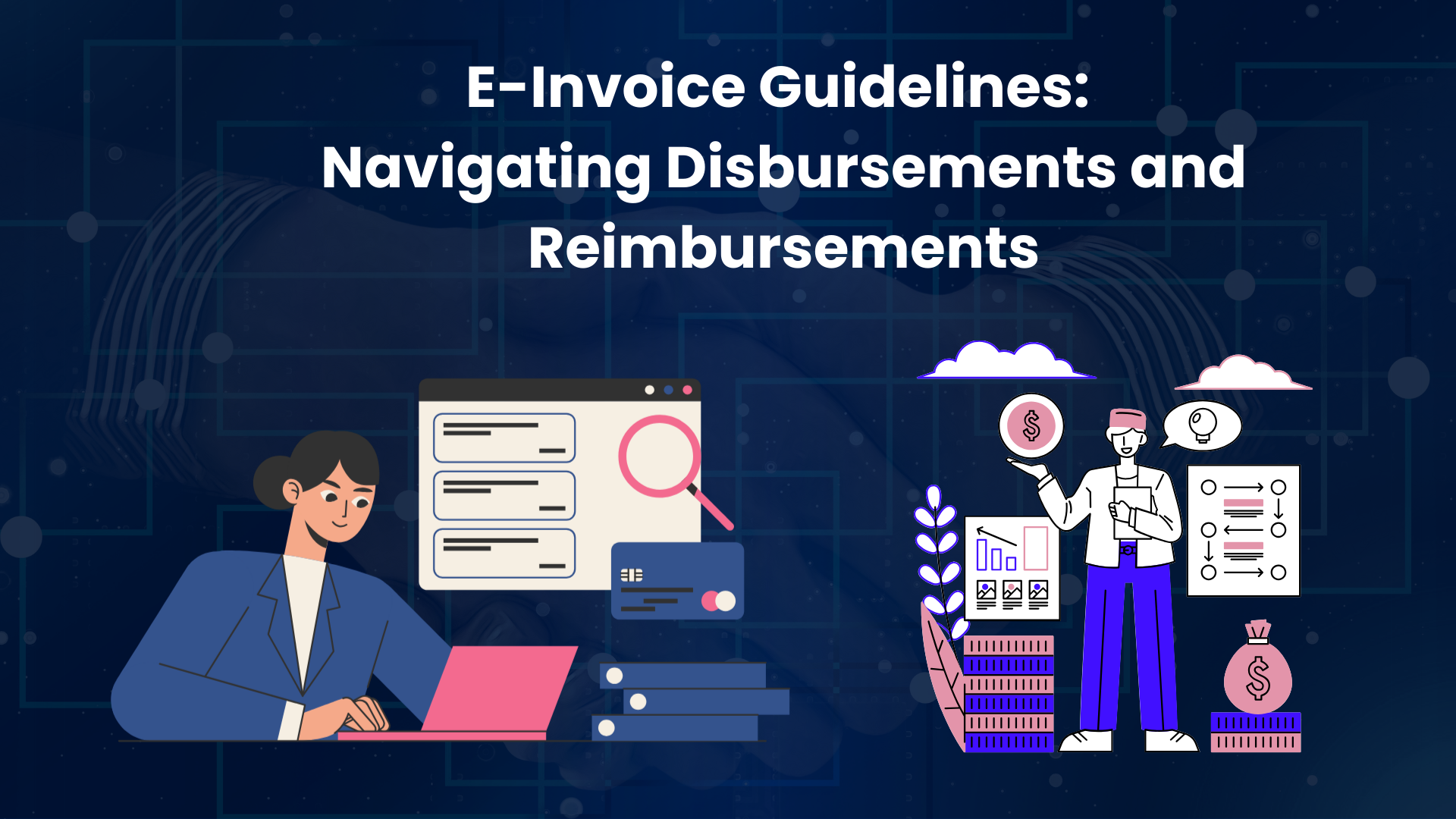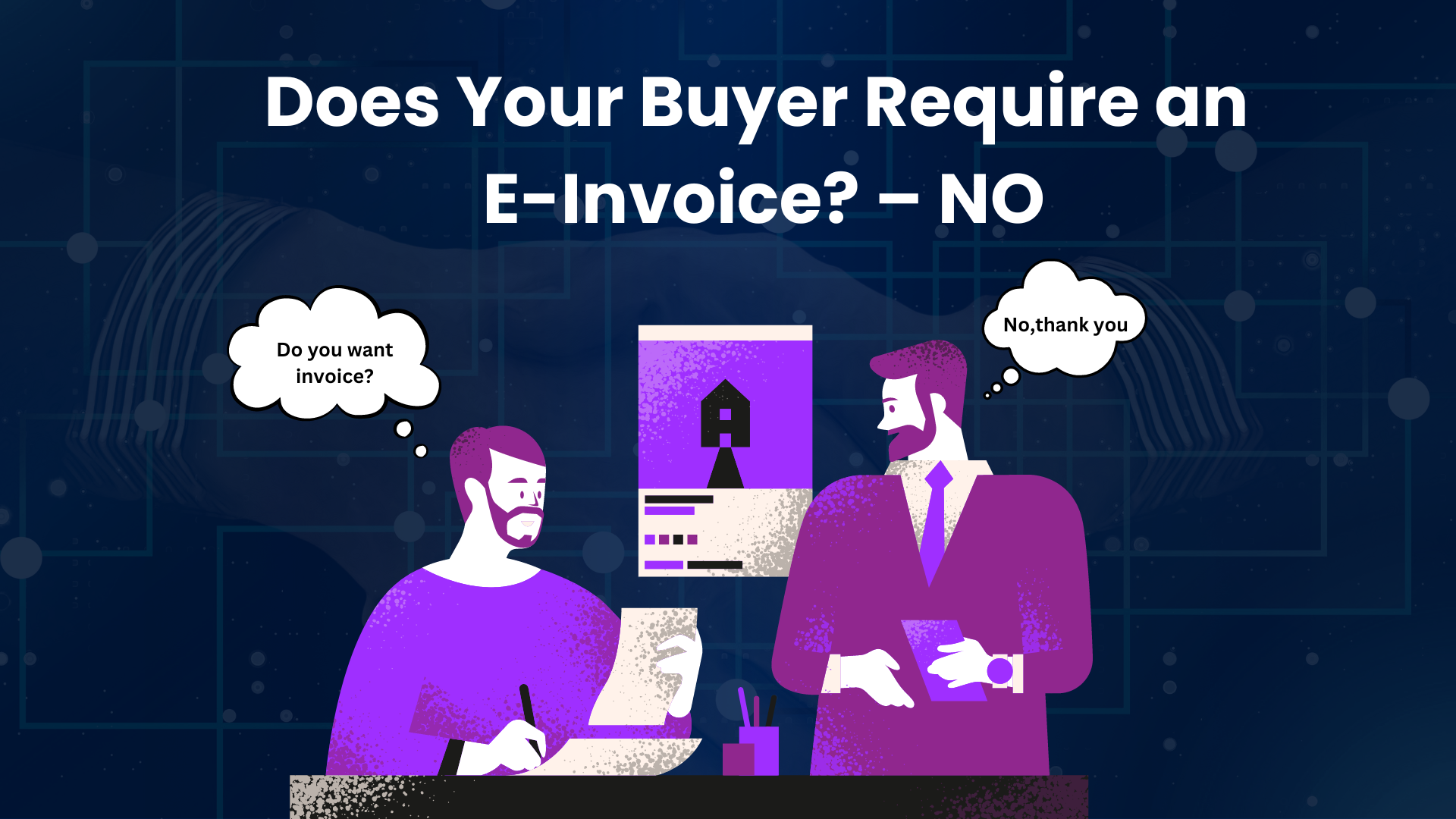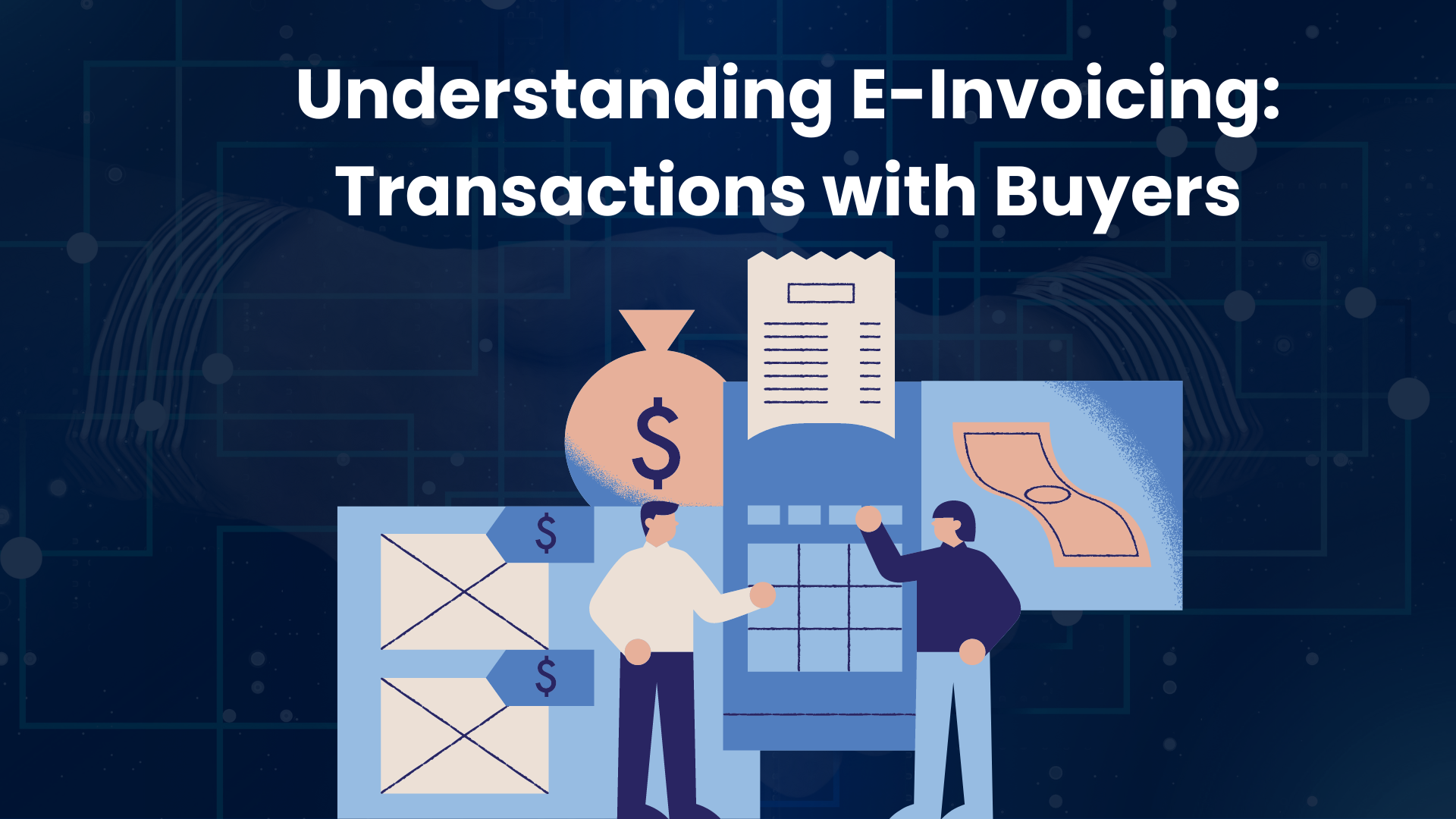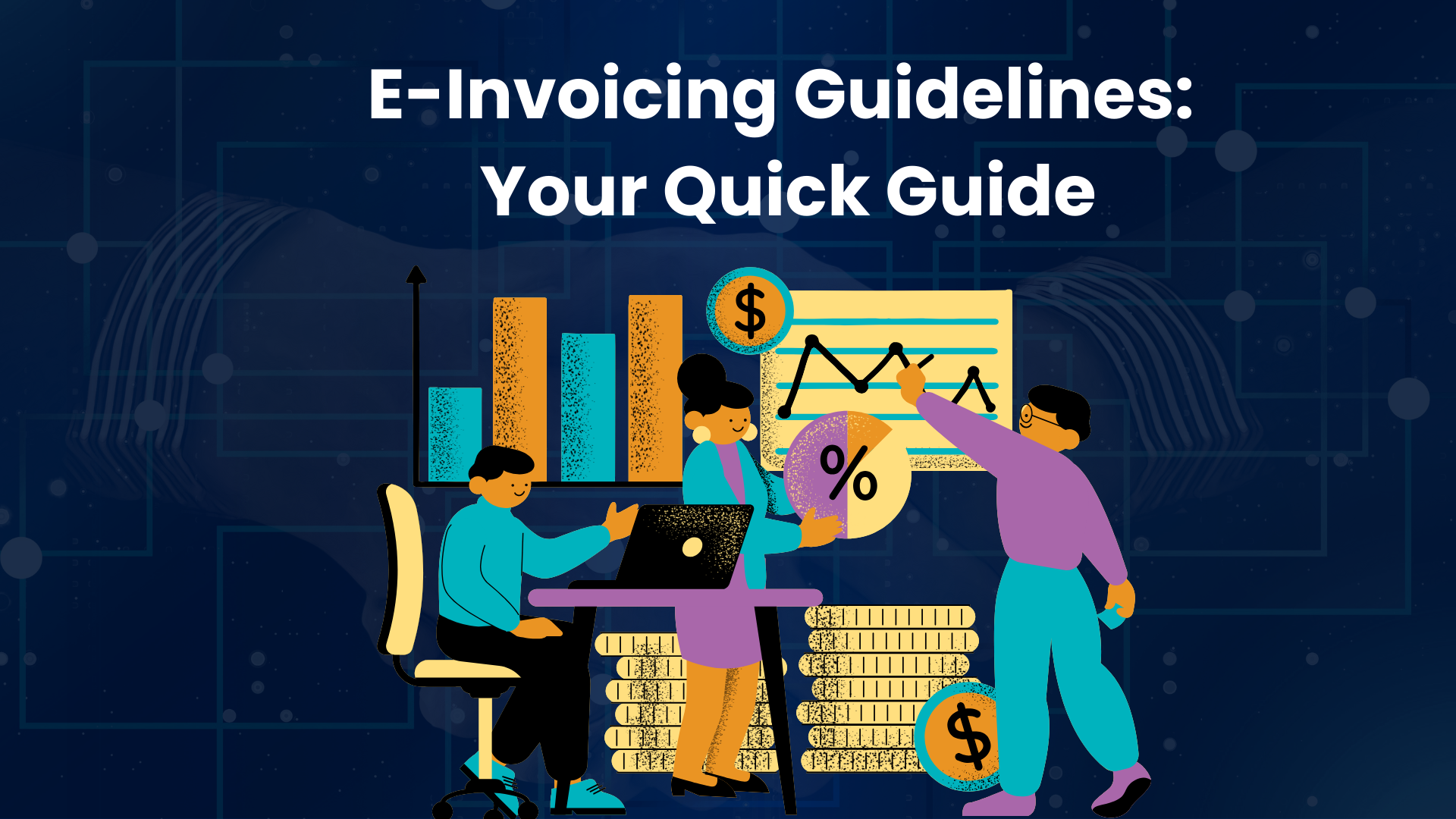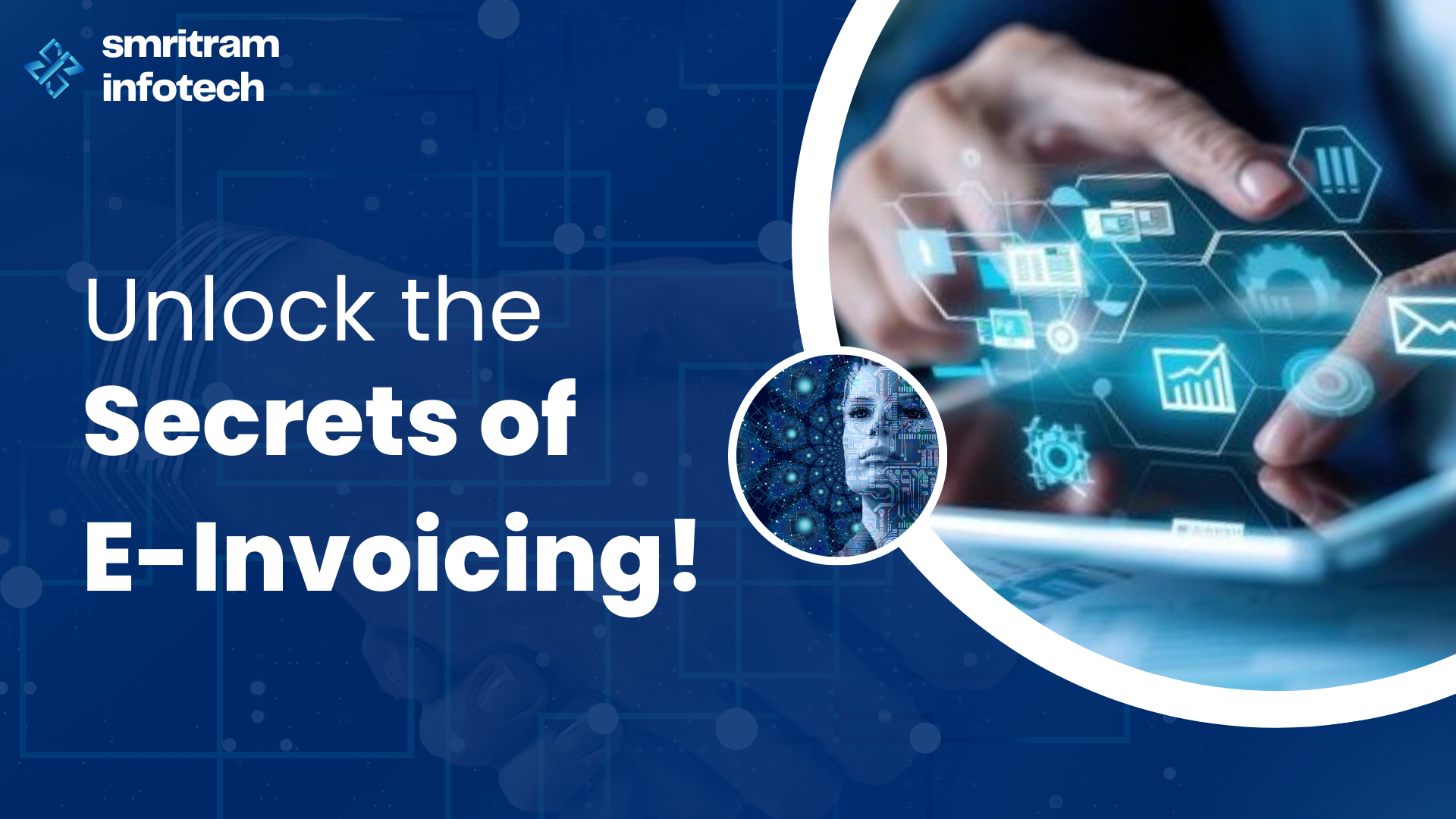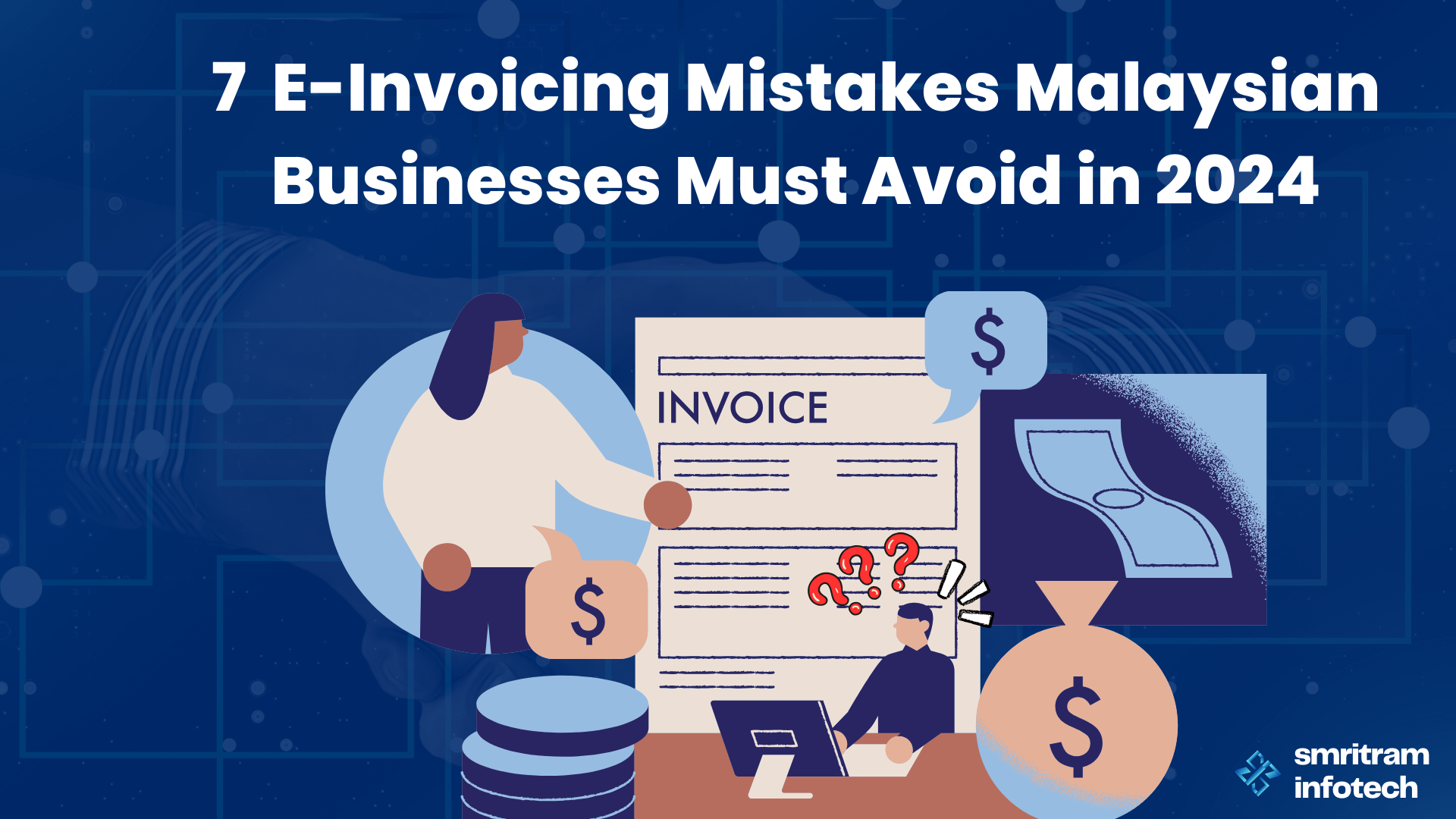-
Sep, Mon, 2024
E-Invoice Guidelines: Navigating Disbursements and Reimbursements
Introduction
In business transactions, understanding the distinction between disbursement and reimbursement is crucial for effective financial management. This blog post will clarify these concepts, outline their processes, and provide real-life scenarios to illustrate their application.
Explanation
Reimbursements refer to out-of-pocket expenses incurred by the payee in the course of rendering services or selling goods to the payer (i.e., Buyer), which are subsequently reimbursed by the payer. Such expenses include airfare, travel, accommodation, telephone, and photocopying charges.
Disbursements are out-of-pocket expenses incurred by the payer (i.e., Buyer) and paid to a third party (on behalf of the payer) by the payee in connection with services rendered or goods sold by the payee to the payer.
Currently, Suppliers include both reimbursement and disbursement in their invoices to buyers.
Scenario 1
Supplier 1 issues an e-invoice directly to the Buyer for goods sold or services rendered. Subsequently, Supplier 2 makes a payment to Supplier 1 to settle the e-invoice issued to the Buyer, according to the arrangement agreed upon between Supplier 2 and the Buyer. As a result, Supplier 2 will issue an e-invoice to the Buyer for the goods sold or services rendered by Supplier 2.
Since Supplier 1 has already issued an e-invoice to the Buyer, this should not be included in the e-invoice issued by Supplier 2.

*Note: The figure Resources from LHDN Guideline: LHDN Guideline
Steps:
-
- Agreement: Supplier 2 enters into an agreement with the Buyer for the supply of goods or provision of services. As part of the arrangement, Supplier 2 will pay on behalf of the Buyer for any expenses incurred during the contract period.
-
- E-Invoice Issuance: Upon concluding a sale or transaction, Supplier 1 issues an e-invoice directly to the Buyer, ensuring it meets the required fields outlined in the e-invoice guidelines and submits it to IRBM for validation.
-
- Payment Settlement: Supplier 2 makes payment on behalf of the Buyer to Supplier 1 to settle the outstanding amount. Supplier 1 provides payment proof to Supplier 2 for the settlement.
-
- E-Invoice from Supplier 2: Supplier 2 issues an e-invoice to the Buyer for the goods supplied or services rendered by Supplier 2. This process mirrors the e-invoice issuance in Step 2. Supplier 2 should not include the payment made on behalf of the Buyer in its e-invoice nor issue an additional e-invoice for it. Supplier 2 provides payment proof to the Buyer to recover the payment made to Supplier 1 on behalf of the Buyer.
Real-Life Scenario for Scenario 1
Syarikat Amani hired an event planner for their product launch on 15 November 2024. On 5 November 2024, the planner arranged for flowers from a florist, who sent an e-invoice directly to Syarikat Amani for the flowers on 10 November 2024.
According to their contract, the event planner would pay the florist on behalf of Syarikat Amani and recover the cost later. On 12 November 2024, the event planner paid RM3,500 to the florist for the flowers.
On 16 November 2024, the event planner sent an e-invoice to Syarikat Amani for their services. This invoice included only the service fee and other charges, excluding the RM3,500 paid to the florist. To recover the RM3,500, the event planner provided a copy of the payment proof to Syarikat Amani.
Scenario 2
In this scenario, Supplier 1 issues an e-invoice to Supplier 2 for goods sold or services rendered intended for the Buyer. Following their agreement, Supplier 2 makes payment to Supplier 1 and then issues a separate e-invoice to the Buyer, clearly itemizing the service fee and any disbursement or reimbursement.

Steps:
-
- Agreement: Supplier 2 enters into an agreement with the Buyer to supply goods or services. As part of this arrangement, Supplier 2 agrees to pay on behalf of the Buyer for any expenses incurred during the contract period.
-
- E-Invoice Issuance: After completing a sale or transaction, Supplier 1 issues an e-invoice to Supplier 2, ensuring it meets the required fields outlined in the e-invoice guidelines and submits it for validation.
-
- Payment Settlement: Supplier 2 makes the payment to Supplier 1. In turn, Supplier 1 provides payment proof to Supplier 2 for this settlement.
-
- E-Invoice to Buyer: Supplier 2 then issues an e-invoice to the Buyer, detailing the service rendered and the amount incurred on behalf of the Buyer. This e-invoice will have separate line items for the service fee and the disbursement or reimbursement related to the expenses incurred.
Real-Life Scenario for Scenario 2
Syarikat Amani has hired an event planner for their product launch on 15 November 2024. For this event, the planner incurs RM30,000 to rent a hotel banquet hall. The hotel issues an e-invoice directly to the event planner for the rental.
In turn, the event planner will issue an e-invoice to Syarikat Amani. This e-invoice will cover not only the service provided for organizing the event but also include the hotel rental. To ensure clarity, the event planner will present these as separate line items in the e-invoice—one for the service fee and another for the banquet hall rental. This clear breakdown helps Syarikat Amani understand the costs associated with their event, ensuring transparency and proper budgeting for future projects.
Conclusion
Understanding disbursement and reimbursement is essential for effective financial management. By clearly defining these processes and following best practices, businesses can enhance transparency and streamline operations.
What’s Next?
In our upcoming blog post, we’ll dive into Self-Billed E-Invoices, exploring their benefits, how they work, and best practices for implementation. Stay tuned to enhance your understanding of this important invoicing method!
Frequently Asked Questions (FAQ)
1. What is the difference between disbursement and reimbursement?
Answer: Disbursement refers to expenses paid by the Buyer to a third party by the payee, while reimbursement refers to out-of-pocket expenses incurred by the payee for services rendered or goods sold, which are then reimbursed by the Buyer.
2. Why is it important to separate line items in an e-invoice?
Answer: Separating line items enhances transparency, making it clear what charges are for services and what are reimbursements. This helps avoid confusion and ensures accurate accounting.
3. How should I document reimbursements and disbursements?
Answer: Keep thorough records of all transactions, including e-invoices and payment proofs. This documentation is essential for audits and financial reviews.
4. Can I include reimbursable expenses in my service fee invoice?
Answer: It’s best to list reimbursable expenses as separate line items in the invoice to maintain clarity and transparency for the Buyer.
5. What are the best practices for managing reimbursements?
Answer: Clearly outline reimbursement policies in agreements, maintain good communication with your partners, and keep detailed records of all transactions


